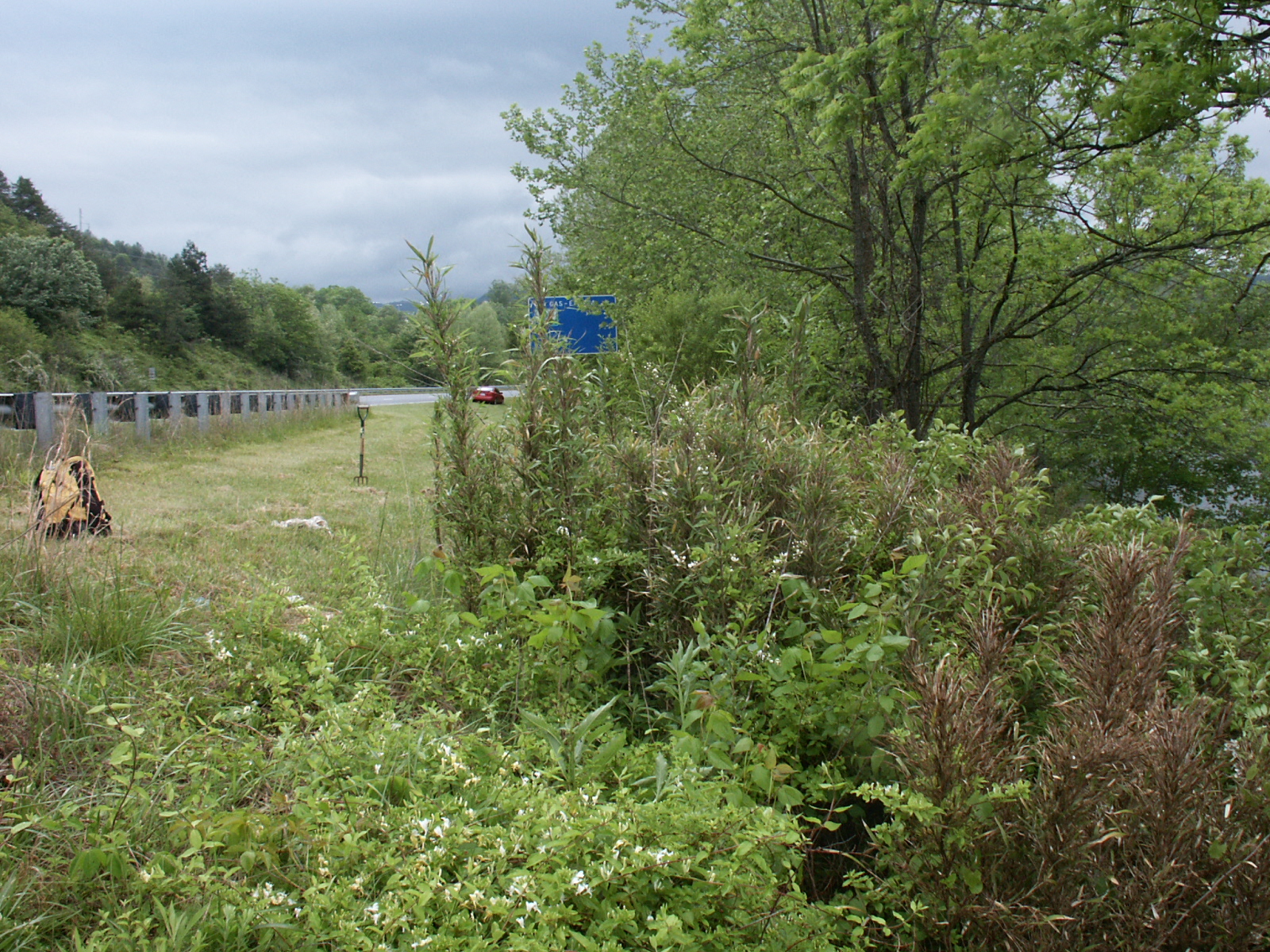How Can I Identify Native Rivercane?
go.ncsu.edu/readext?1072965
en Español / em Português
El inglés es el idioma de control de esta página. En la medida en que haya algún conflicto entre la traducción al inglés y la traducción, el inglés prevalece.
Al hacer clic en el enlace de traducción se activa un servicio de traducción gratuito para convertir la página al español. Al igual que con cualquier traducción por Internet, la conversión no es sensible al contexto y puede que no traduzca el texto en su significado original. NC State Extension no garantiza la exactitud del texto traducido. Por favor, tenga en cuenta que algunas aplicaciones y/o servicios pueden no funcionar como se espera cuando se traducen.
Português
Inglês é o idioma de controle desta página. Na medida que haja algum conflito entre o texto original em Inglês e a tradução, o Inglês prevalece.
Ao clicar no link de tradução, um serviço gratuito de tradução será ativado para converter a página para o Português. Como em qualquer tradução pela internet, a conversão não é sensivel ao contexto e pode não ocorrer a tradução para o significado orginal. O serviço de Extensão da Carolina do Norte (NC State Extension) não garante a exatidão do texto traduzido. Por favor, observe que algumas funções ou serviços podem não funcionar como esperado após a tradução.
English
English is the controlling language of this page. To the extent there is any conflict between the English text and the translation, English controls.
Clicking on the translation link activates a free translation service to convert the page to Spanish. As with any Internet translation, the conversion is not context-sensitive and may not translate the text to its original meaning. NC State Extension does not guarantee the accuracy of the translated text. Please note that some applications and/or services may not function as expected when translated.
Collapse ▲Identifying native river cane (Arundinria gigantea) is important, particularly if plant material is going to be transplanted, grown out for use in other locations, or management actions are being considered. The chart and photos below have been created to help landowners, non-profits, and decision makers identify native river cane and help promote this native plant with great benefits to the environment.
Note that great variability exists in physical characteristics of the same species (and even the same plant) depending on local growing conditions. Also note that correct identification of river cane has stumped experienced botanists and homeowners alike. Do not be discouraged and ask for opinions from local experts, particularly if you are considering growing out the rhizomes for transplanting.
| Characteristic | Native river cane | Non-native bamboos |
| Height | Typically, 8 – 12 ft, frequently 15 ft, rarely more than 20ft. | Variable – very tall bamboos and dwarf bamboos are not native |
| Color | Green leaves and green stems, turning darker over the growing season | Can be green, yellow, or black |
| Branching angle |
Nearly parallel to main stem |
Variable, frequently 45 degrees from main stem |
| Groove on stem | Present where branch emerges transitioning to round at top of that internode | Consistently present or absent on each section |
| Stem diameter | Rarely larger than 1” | Variable and often over 2” |
| Base of first branch |
0 – 1 compressed basal internodes |
More than 1 compressed basal internode |
Native river cane is frequently found between a stream and the edge of a mowed field. This patch of cane has persisted despite hostile growing conditions – competition for light and nutrients from the forest canopy and consistent mowing as the cane tries to expand into the field. Driving over the cane rhizomes also increases soil bulk density and decreases the ability of the plant to spread.
Learning to spot flowering or fruiting cane can also be difficult, but careful eyes spot cane flowering every year in our state. Look for deep purplish brown cane flowers in late April to early May. Be sure to check if seeds have formed some 3 – 5 weeks later. In the photo below, notice the fruiting and non-fruiting cane.
A printable, two page PDF version of this page can be found here.









